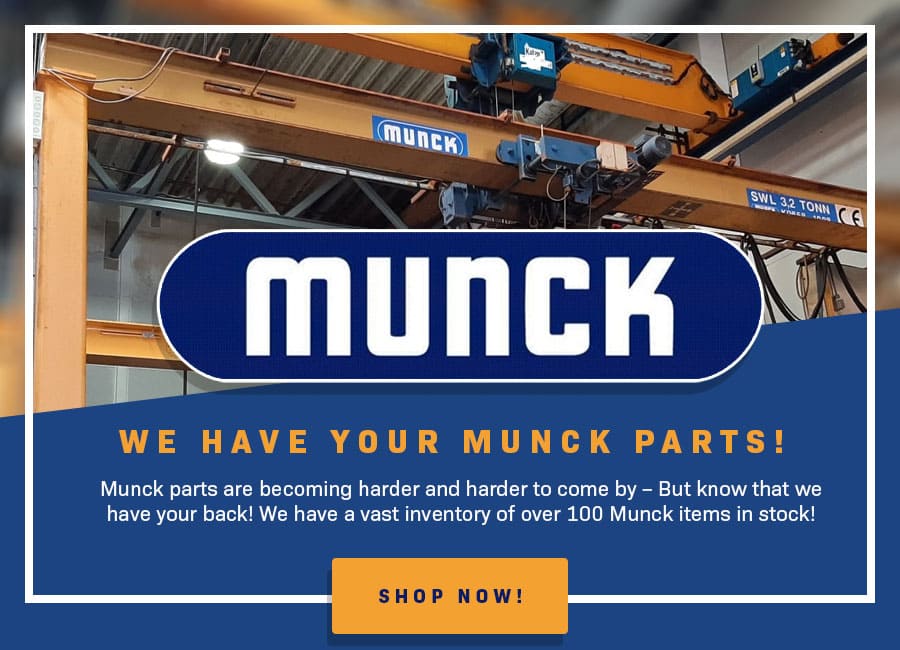Heavy lifting equipment is essential to every industry, whether it be aerospace, construction, automotive, or food & beverage.
By use of manual or electric operation, hoists can move heavy loads vertically using a drum or lift-wheel. Of these hoists, there are two main electric types that industry professionals rely on – chain or wire rope hoists. When analyzing a lifting task at hand, the most important factors to consider for each of these hoists is application type, environmental conditions, capacity and duty cycle.
Chain hoists lift by pulling the chain through sprockets and moving the chain into a chain holder. These sorts of hoists are more commonly used for applications with loads below 10 tons and require much less maintenance as opposed to wire rope hoists.
![]()
Chain hoists are also different in that they provide true vertical lift, meaning they rise straight up with absolutely no lateral movement.
True vertical lift is used for applications requiring extremely precise vertical placement. Chain hoists serve as an economical alternative for less demanding jobs in shops and rougher environments.
Chain hoists are suitable for such situations because they are usually enclosed and protected against chemicals or outdoor elements.
On the other hand, wire rope hoists lift loads by wrapping a cable around a grooved drum. For 10 tons and above, wire rope hoists are the optimal choice on the market. This category of hoists is generally known to offer a wider variety of options with very fast lifting speeds.
Wire ropes are the preferred choice for frequent use as chain hoists are more susceptible to wear and tear over time. Wire ropes, however, move loads very slightly laterally because the wire rope is wrapped around a grooved drum.
Although the lateral movement is negligible, true vertical lift is only achieved with chain hoists, and this is important to keep in mind for precise vertical placements for something like stripping molds.
Duty ratings are the final, and perhaps most significant piece in understanding which hoist type will provide the best durability for your application.
Defined by various institutions, hoist duty classifications are published standards for material handling and strength that can help identify which hoist is most suitable for a project. The three most commonly used classifications for electric hoists are FEM, HMI, and CMAA.
FEM refers to the European Federation of Materials Handling which uses two main factors to provide its classification: load spectrum and average daily operating time. This standard is uncommon in the United States, but may still appear in hoist specifications.
HMI is the Hoist Manufacturer’s Institute and reports its classification using factors like the number of lifts per hour, max number of stops and starts per hour, the average distance of vertical movement, and lifting frequency of the load.
CMAA is known as the Crane Manufacturer’s Association of America and bases its values on the crane’s number of lift cycles accompanied by its average load intensity. A huge difference to keep in mind when looking at HMI and CMAA numbers is that HMI only rates hoists and not the entire crane.
The most frequently used ratings are HMI and CMAA when comparing different hoists. For HMI, expect to see specifications ranging from H1 through H4, with H4 indicating high volume handling of heavy loads. When looking at CMAA ratings -which apply to cranes- they range from Class A through F, with F being the heaviest.
These specifications are just a brief guide to better understanding the difference between chain and wire rope hoists. Considering factors such as the purpose and load of the lift and also analyzing durability and duty ratings will prepare you for making the right decision about a suitable hoist for your next project.






